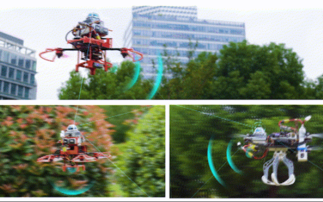European Space Agency ready to retrieve data from 'one of the oldest remnants of our solar system'
A mission to land a probe on a comet millions of miles from Earth has ended with a successful soft landing. The Philae probe landed on Comet 67P/Churyumov-Gerasimenko at 6:03 GMT some 10 years a...
To continue reading this article...
Join Computing
- Unlimited access to real-time news, analysis and opinion from the technology industry
- Receive important and breaking news in our daily newsletter
- Be the first to hear about our events and awards programmes
- Join live member only interviews with IT leaders at the ‘IT Lounge’; your chance to ask your burning tech questions and have them answered
- Access to the Computing Delta hub providing market intelligence and research
- Receive our members-only newsletter with exclusive opinion pieces from senior IT Leaders




















